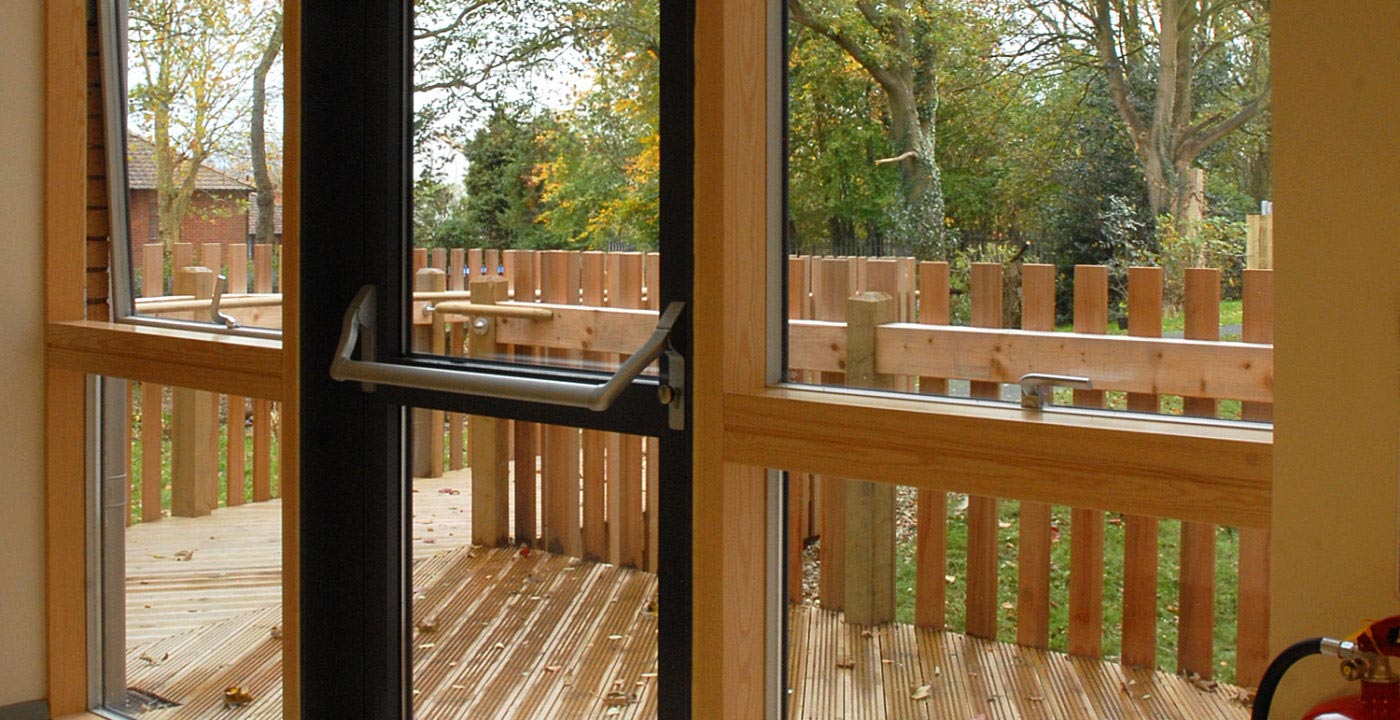Ensuring compliance in a shifting landscape
In recent years, CE marking has become a key consideration for manufacturers of fire-resistant products, from fire doors and shutters through to fire curtains and gates. Now, more than half-way through the three-year co-existence period, it’s crucial for manufacturers to ensure their products meet the approved and pending requirements before they become mandatory from November 2019. Here, Richard Ainsworth of Pyroguard discusses some of the key pain points for manufacturers, and how they can best proceed.

The safety of occupants is a primary concern to everybody involved in the construction of modern buildings, from designers and planners through to architects and specifiers. As part of that, doorsets and glazing which are able to resist fire, contain radiant heat and control the spread of smoke in the event of a fire are crucial elements in the design process, contributing to the presence of adequate means of escape. Up to this point, the standards which have ensured the performance of these components have differed – sometimes significantly – between countries, but that is about to change.
EN 16034 is the set of European standards which specifies the technical performance characteristics for fire-resisting and smoke control products. These standards harmonise processes across Europe, broadening the potential for manufacturers to sell their products across countries where the common specification is recognised. In practice, this eliminates the need for manufacturers to comply with a host of different national standards within the same region, essentially giving their products greater potential in the market. To get to this stage, national standards which conflict with EN 16034 will be withdrawn before November 2019 – a process which was triggered at the start of the co-existence phase.
By this point, manufacturers of fire-rated products, including external fire doorsets, will be required to comply with the new standards. But as CE marking must be combined with other standards, such as EN 14351-1 for windows and external doors, internal doors cannot be CE marked immediately following the co-existence phase. This is due to their respective standard – EN 14351-2 – only being approved in April 2018 and not yet cited in the Official Journal of the European Union. It is these details, combined with the widespread scale of the changes, which causes confusion across the industry as existing national standards are replaced in their entirety. So what can manufacturers do to navigate this complex landscape and ensure compliance of their products moving forward?
Well, the use of the Assessment and Verification of Constancy of Performance (AVCP) will be essential. While each of the characteristics within the Standard will be tested by notified product certification bodies in each country, complete external doorsets, gates and windows will be subject to system one of the AVCP. In practice, this means that, besides the test and classification processes, manufacturers will also be under the surveillance of a notified body which is responsible for the ongoing assessment of the Factory Production Control (FPC), ensuring continuous compliance. This is essentially an eight-step process which requires manufacturers to:
- Define the product type
- Set up Factory Process Control (FPC)
- Undergo a first inspection and sampling by the Notified Body
- Perform an Initial Type Test (ITT) by a Notified Body
- Obtain an Extended Application (EXAP) Report, followed by a Classification Report
- Receive a Certificate of Constancy of Performance (CoCoP)
- Make a Declaration of Performance (DOP)
- Undergo surveillance, typically on an annual basis
For those purchasing fire-rated components within those European countries where EN 16034 will be adhered to, CE marking makes it simple to understand which products are compliant, and those which aren’t. The inclusion of a Declaration of Performance also makes it simple for manufacturers to outline the precise scope and performance of their products, allowing specifiers to make direct comparisons between different products, reflecting the particular fire safety requirements of their buildings. But while we’re still in the co-existence period and compliance to the new Standard is still not mandatory, it will become more common to see products bearing the CE mark, as manufacturers incrementally adjust to the new Standard. In turn, certifying their compliance with EN 16034 gives consumers the confidence that products will continue to be compliant once the Standard comes into force in late-2019.
So as safety remains a key focus for specifiers, ensuring selected fire-rated components are CE-marked delivers the peace of mind that products such as external doorsets are manufactured in-line with European requirements and will deliver when it comes to keeping building occupants safe.
For more information around the changing landscape, or to ensure compliance going forward, contact Pyroguard’s dedicated Technical Support Team or visit Contact page.